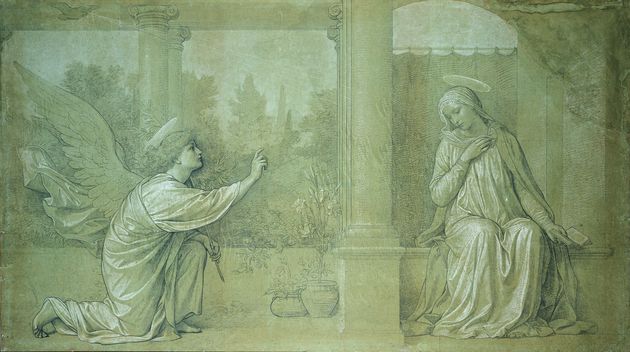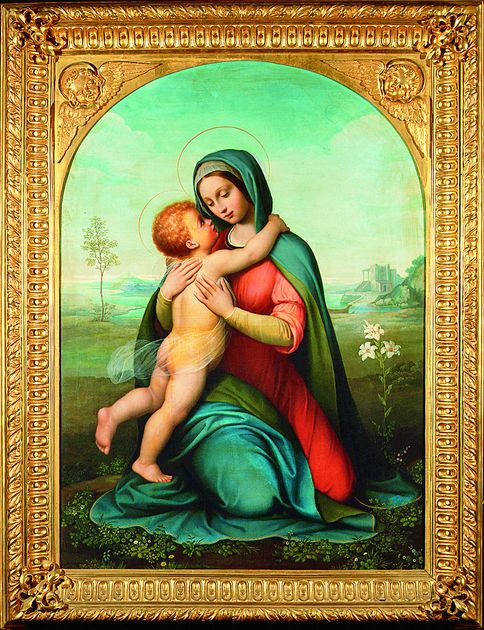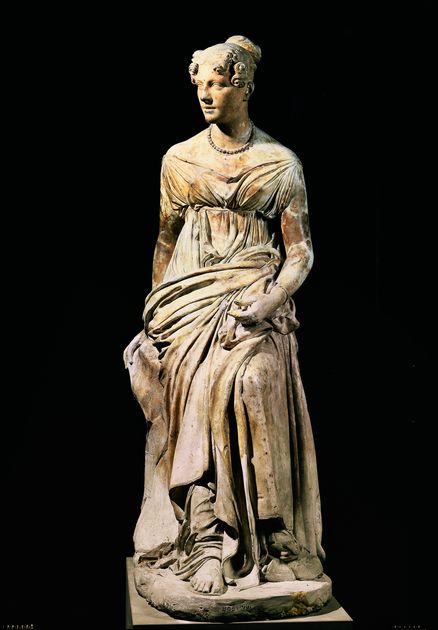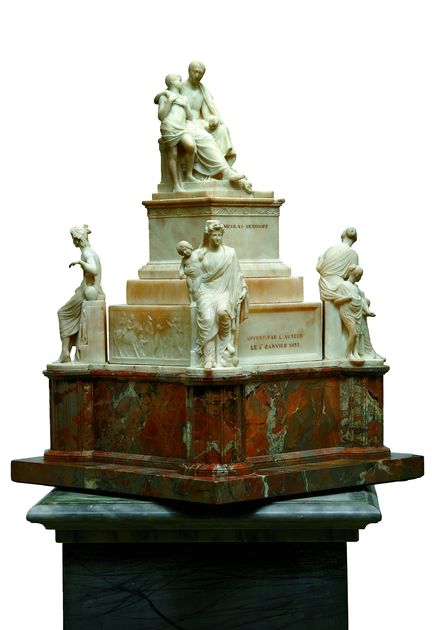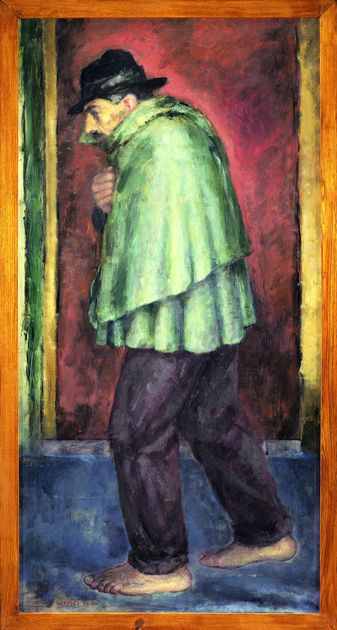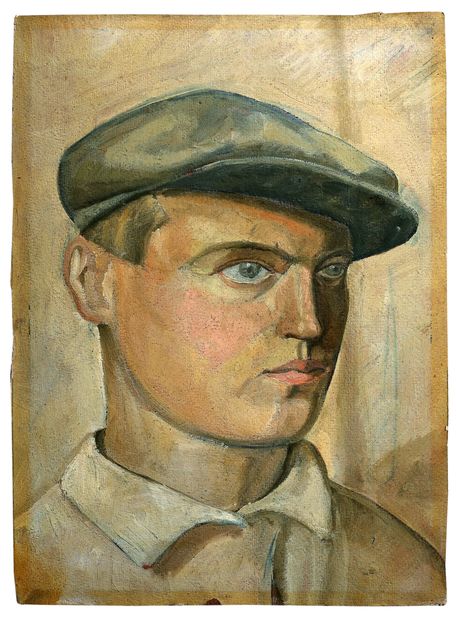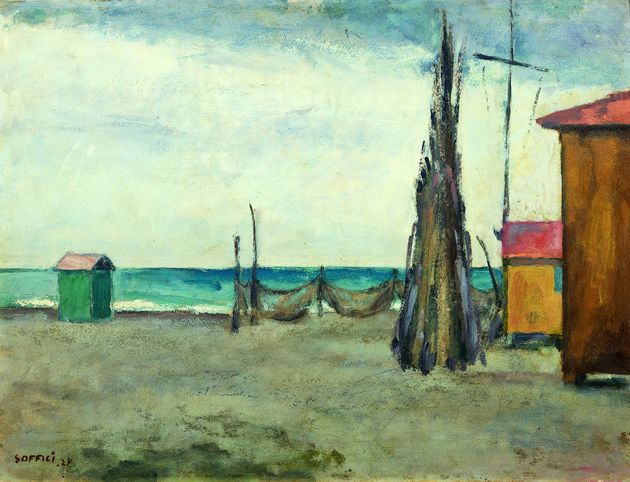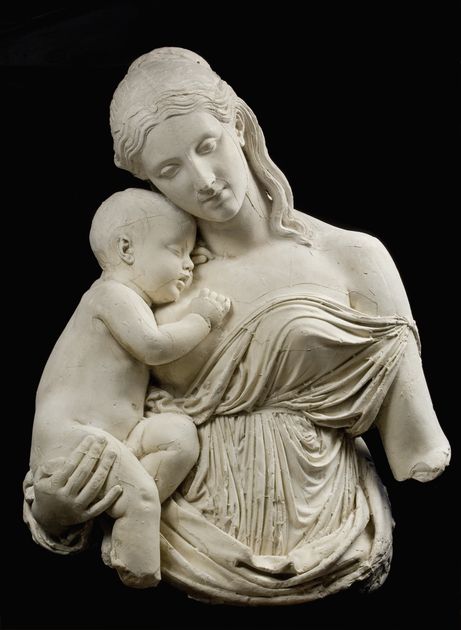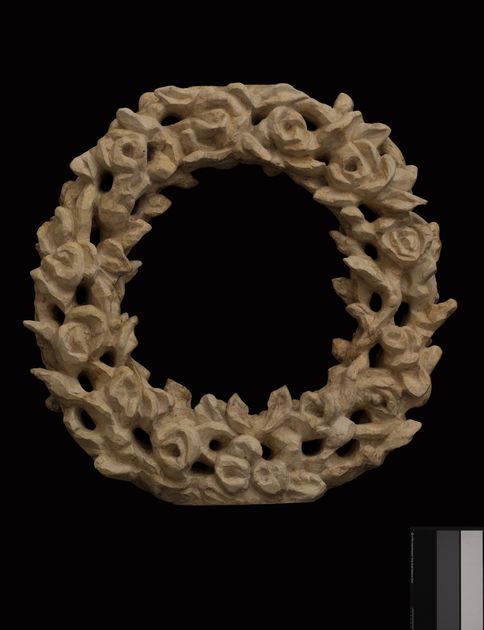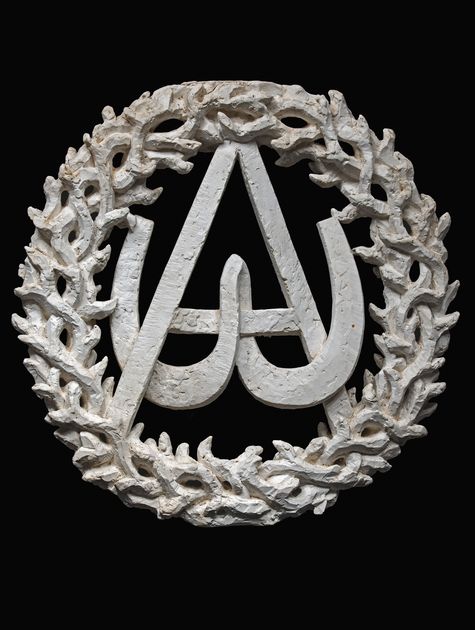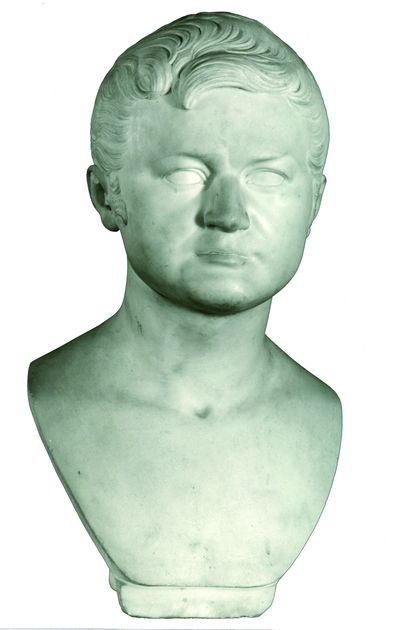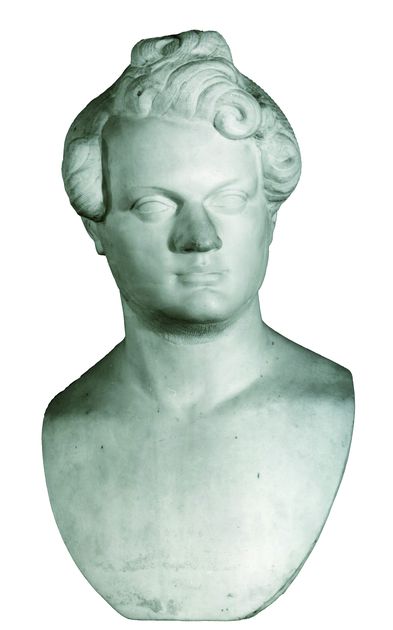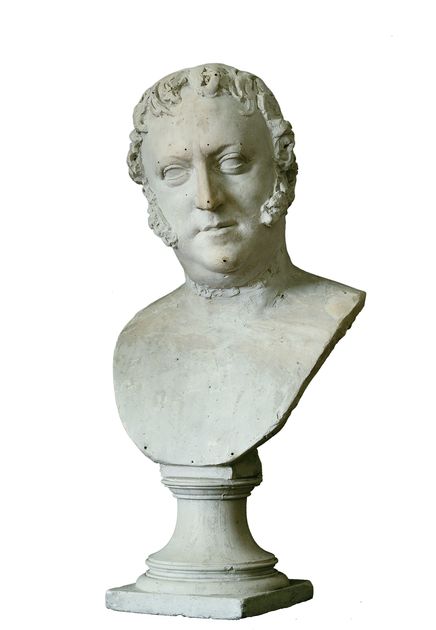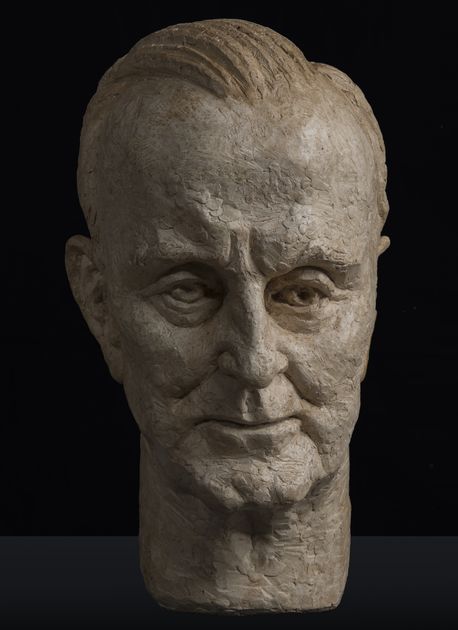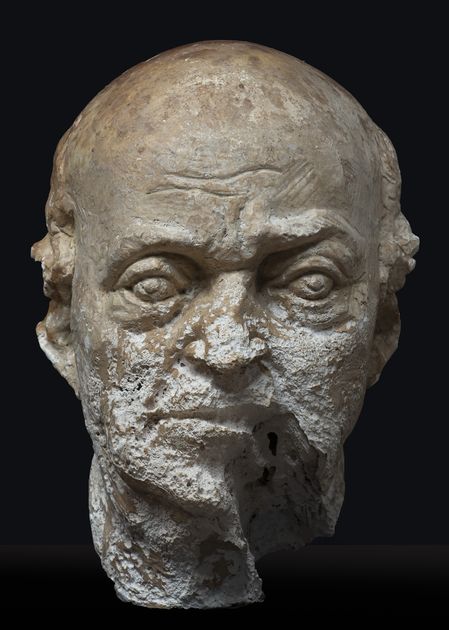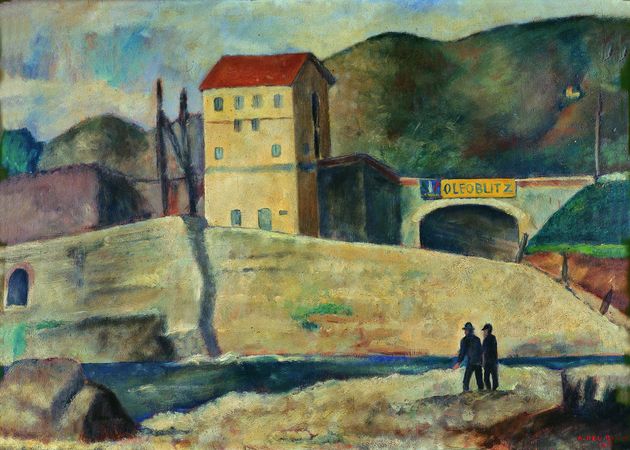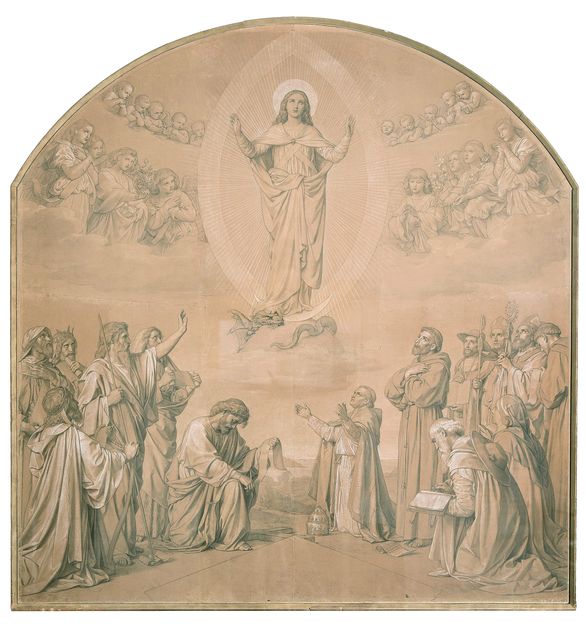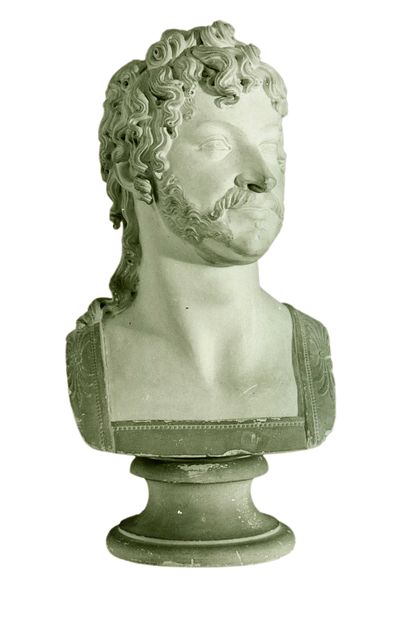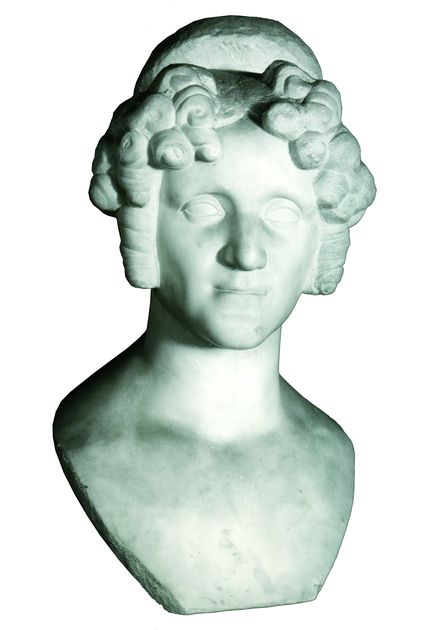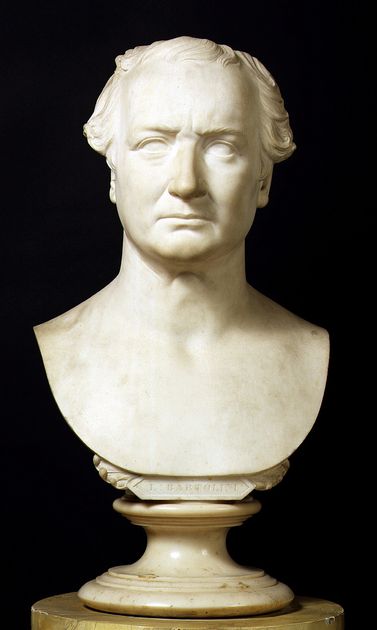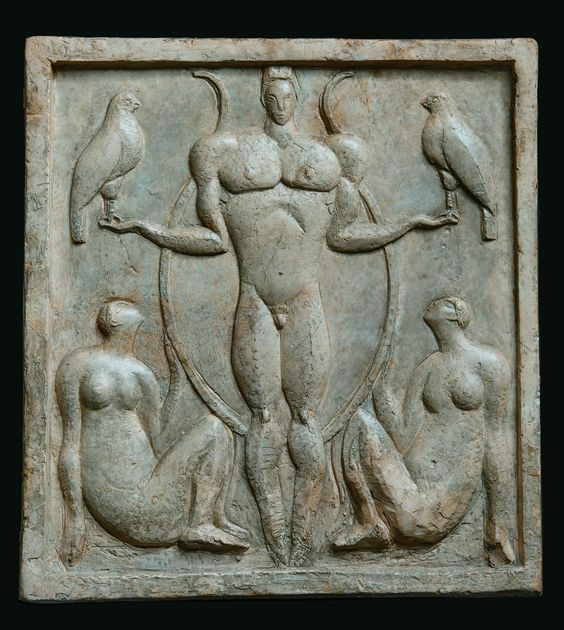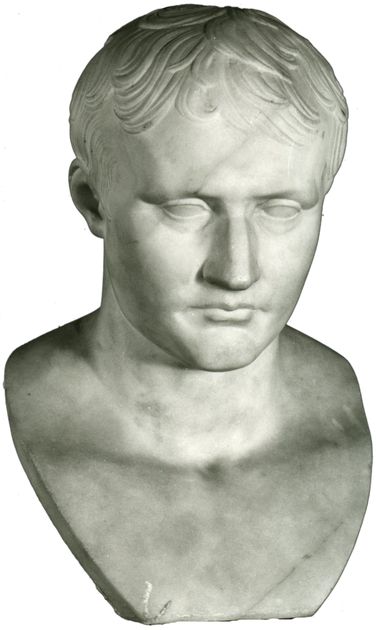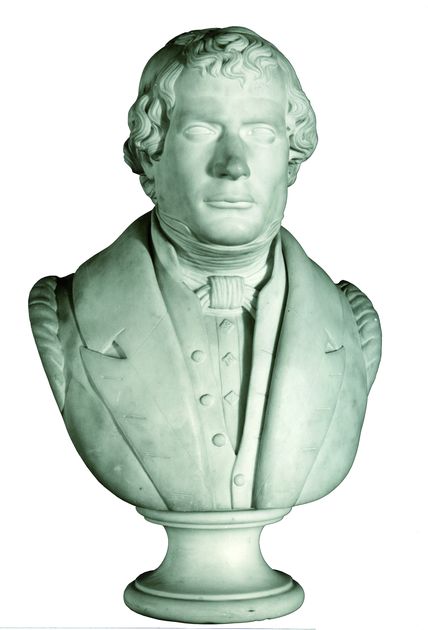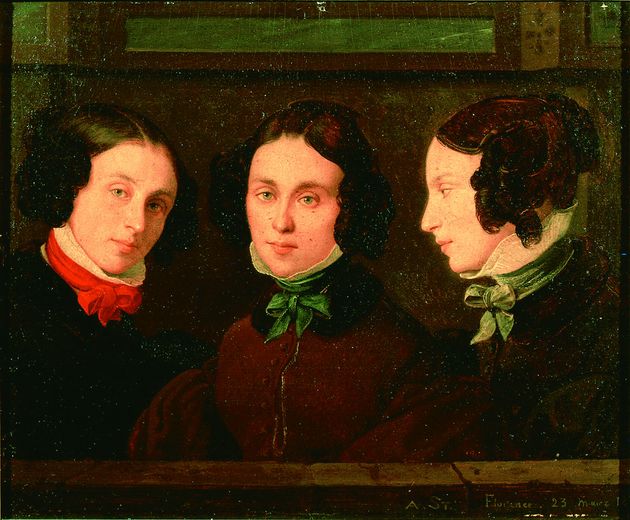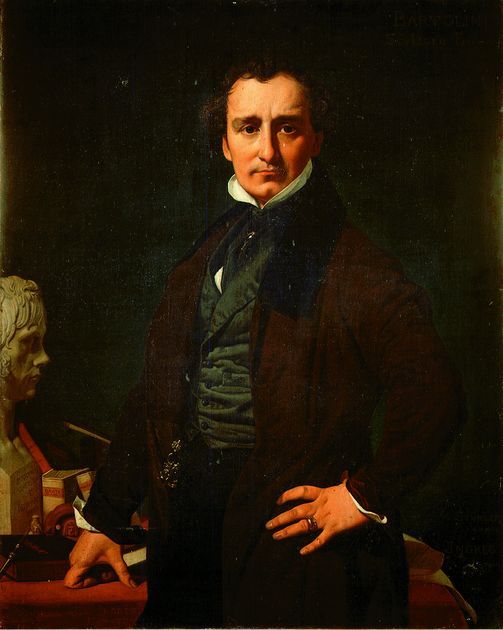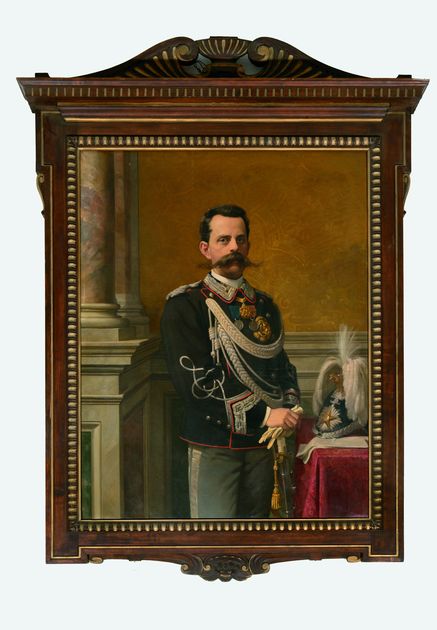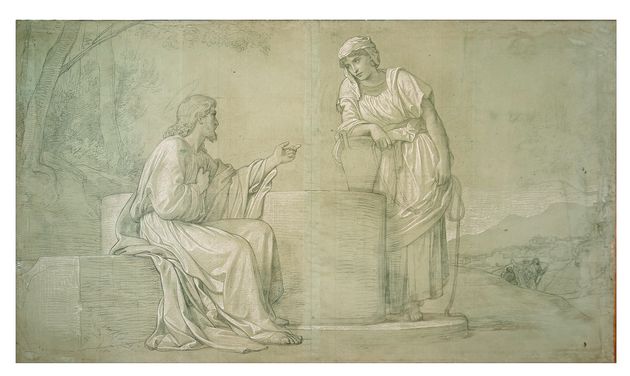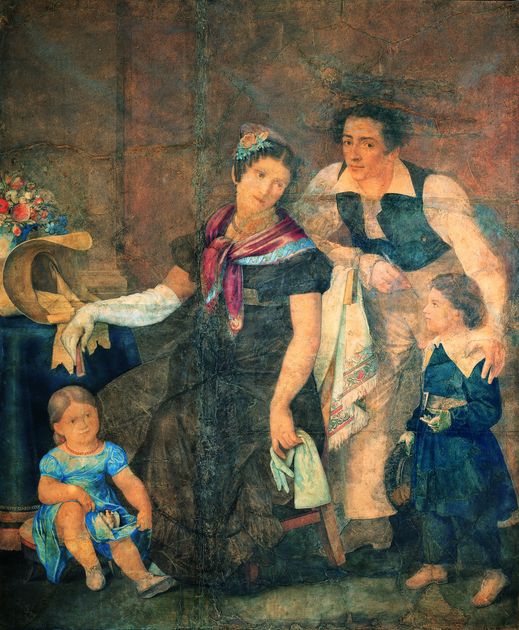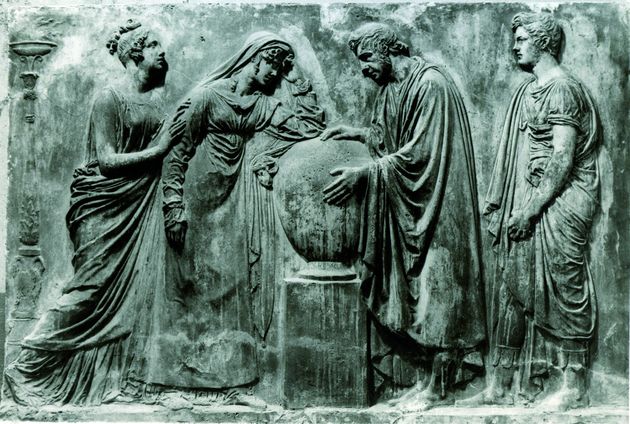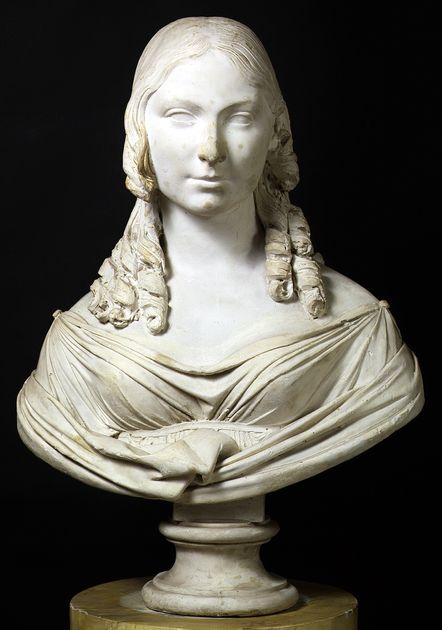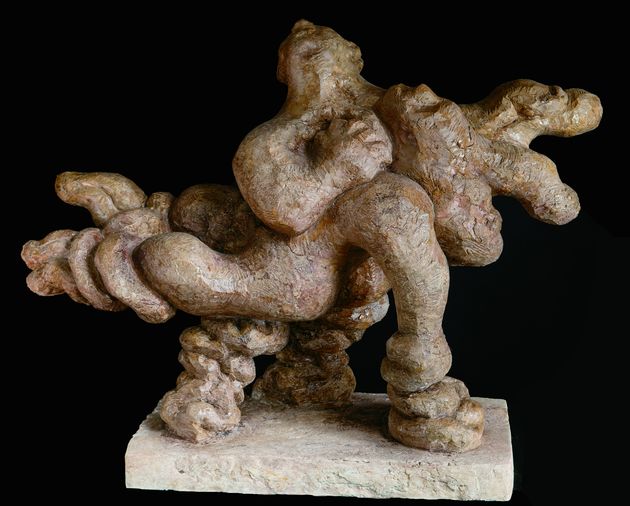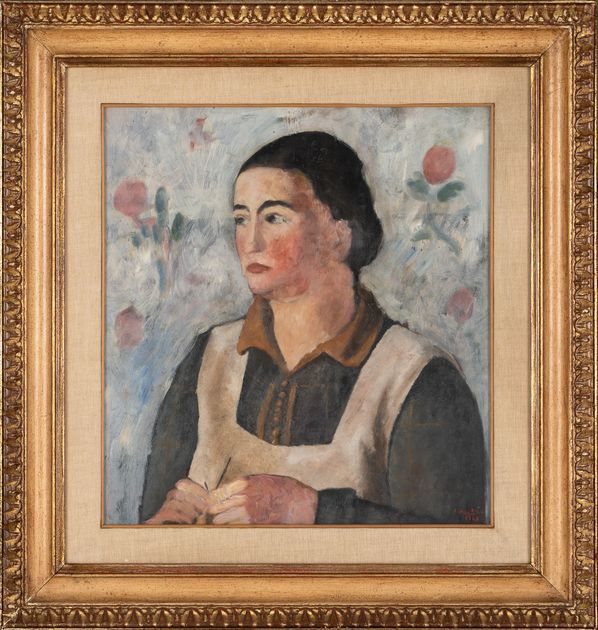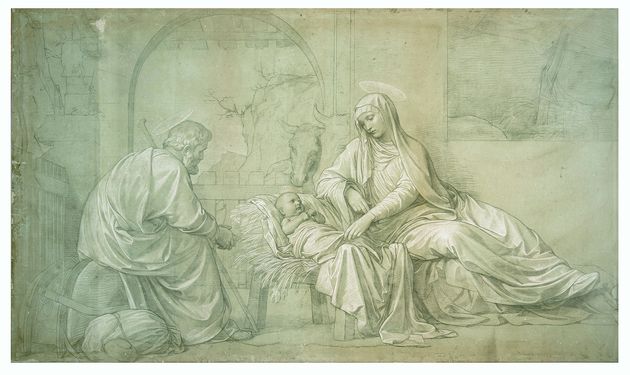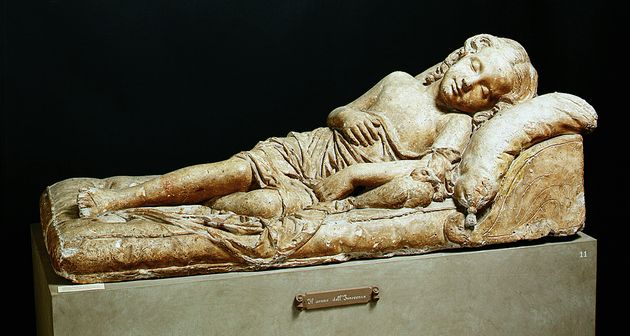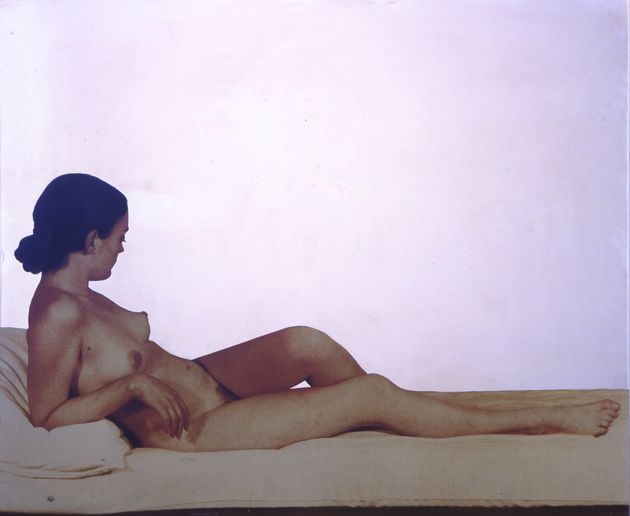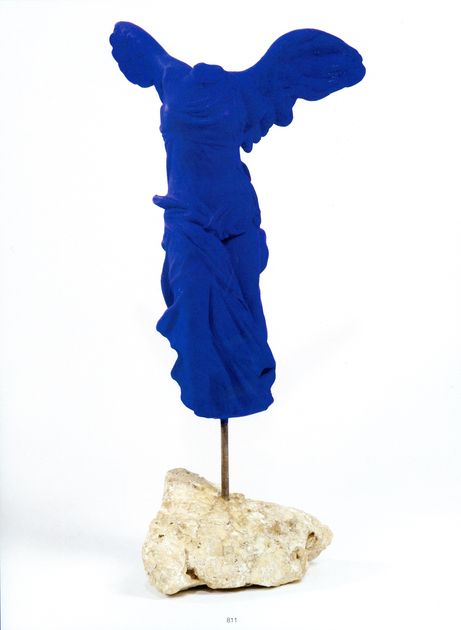An exponent of Italian purism, Mussini was influenced by Ingres - whom he had met in Paris - turning his art toward a radical reform in an idealist and purist manner, which is evident in the present artwork. His appointment to the direction of the Sienese Academy of Fine Arts, assumed by the artist in 1851, was also a significant factor in propagating this thought in nineteenth-century Italy. Several important painters were formed here, including Prato-born Alessandro Franchi, a favourite student, whose works are preserved in the Museum of Palazzo Pretorio.
First attributed to Alessandro Franchi, the self-portrait was traced back to Mussini by Carlo del Bravo. This was due to the physiognomic affinity of the figure and stylistic features typical of that period. Del Bravo dates this oil painting to 1858, believing it to be earlier than another self-portrait in pencil in the Uffizi, signed and dated “Siena 1858”. Despite the reference to Ingres and thus, through him, to the 16th-century portraits of Hans Holbein, Mussini nevertheless conveys a sentimental intonation akin to that of Ingres' student, Hyppolite Flandrin. The following self-portraits by Mussini have been identified: the one already mentioned in the Uffizi, a drawing from 1859 published on the cover of the Epistolario artistico (Epistolary about art), and a small paper drawing dated 1868 used as a basis for the oil painting stored at the Gallery of Modern Art in Palazzo Pitti.

